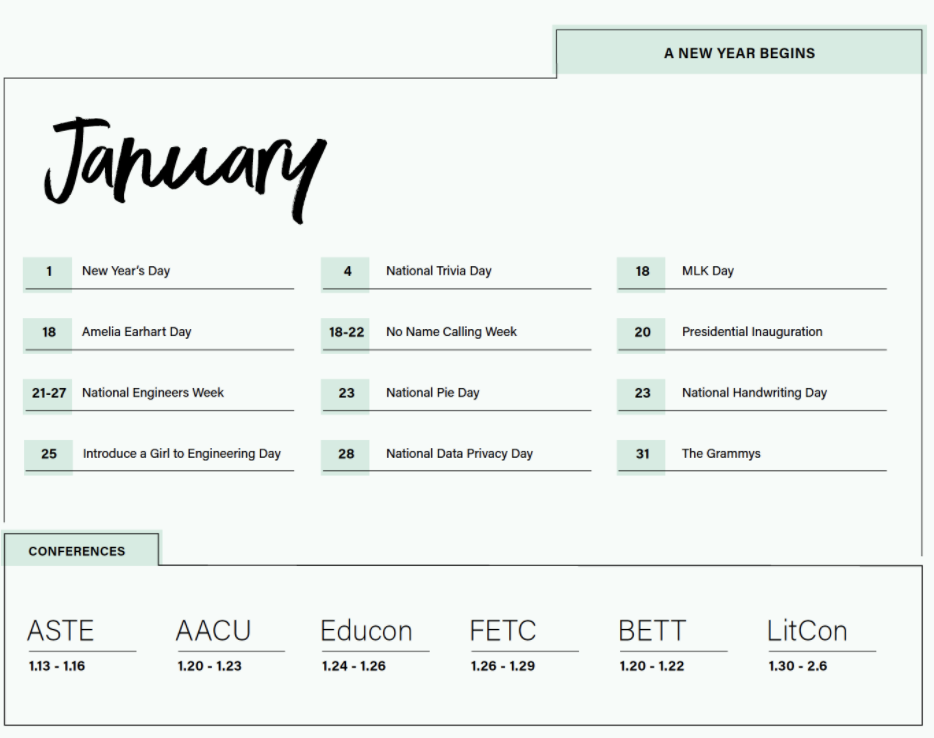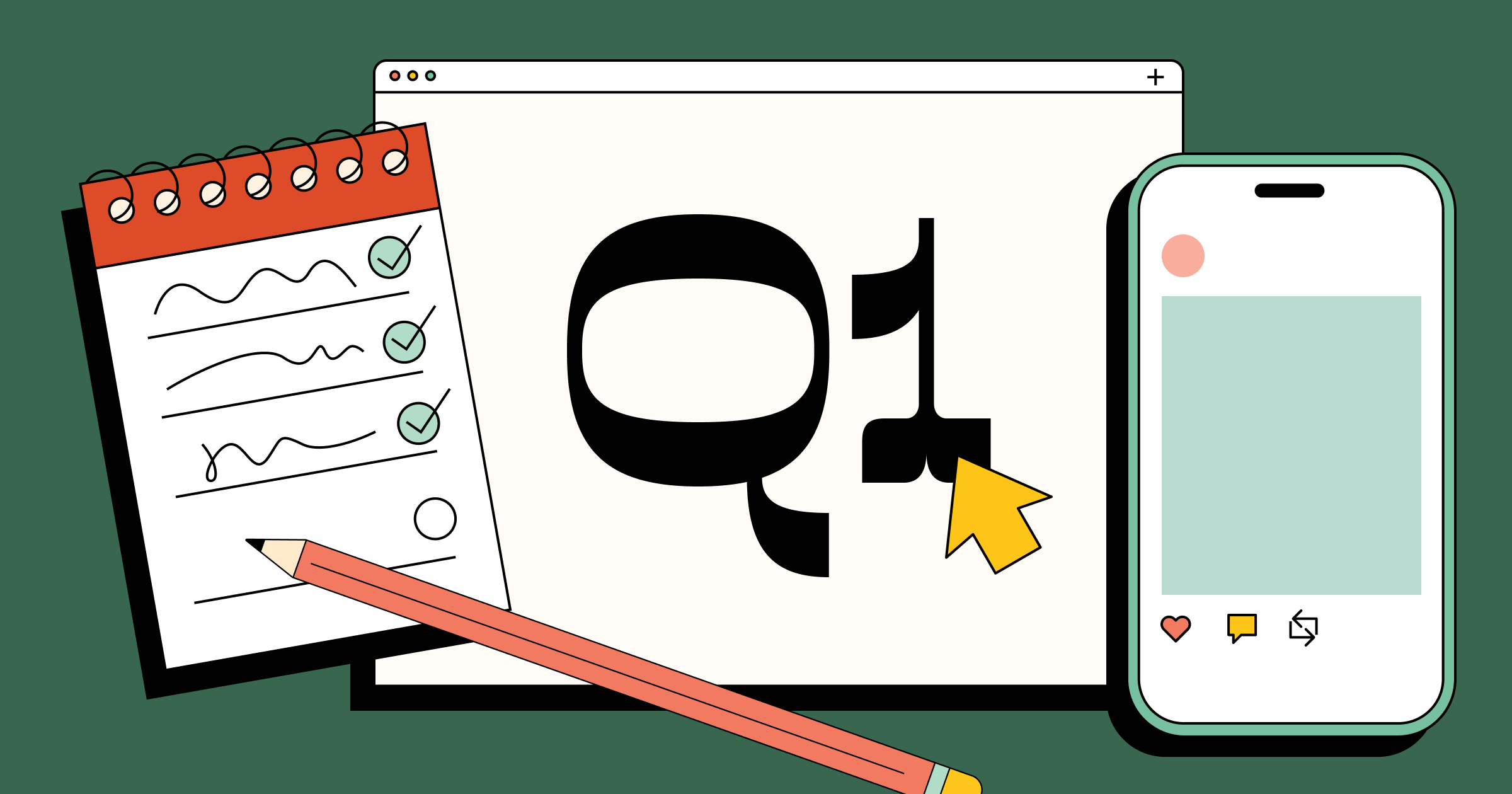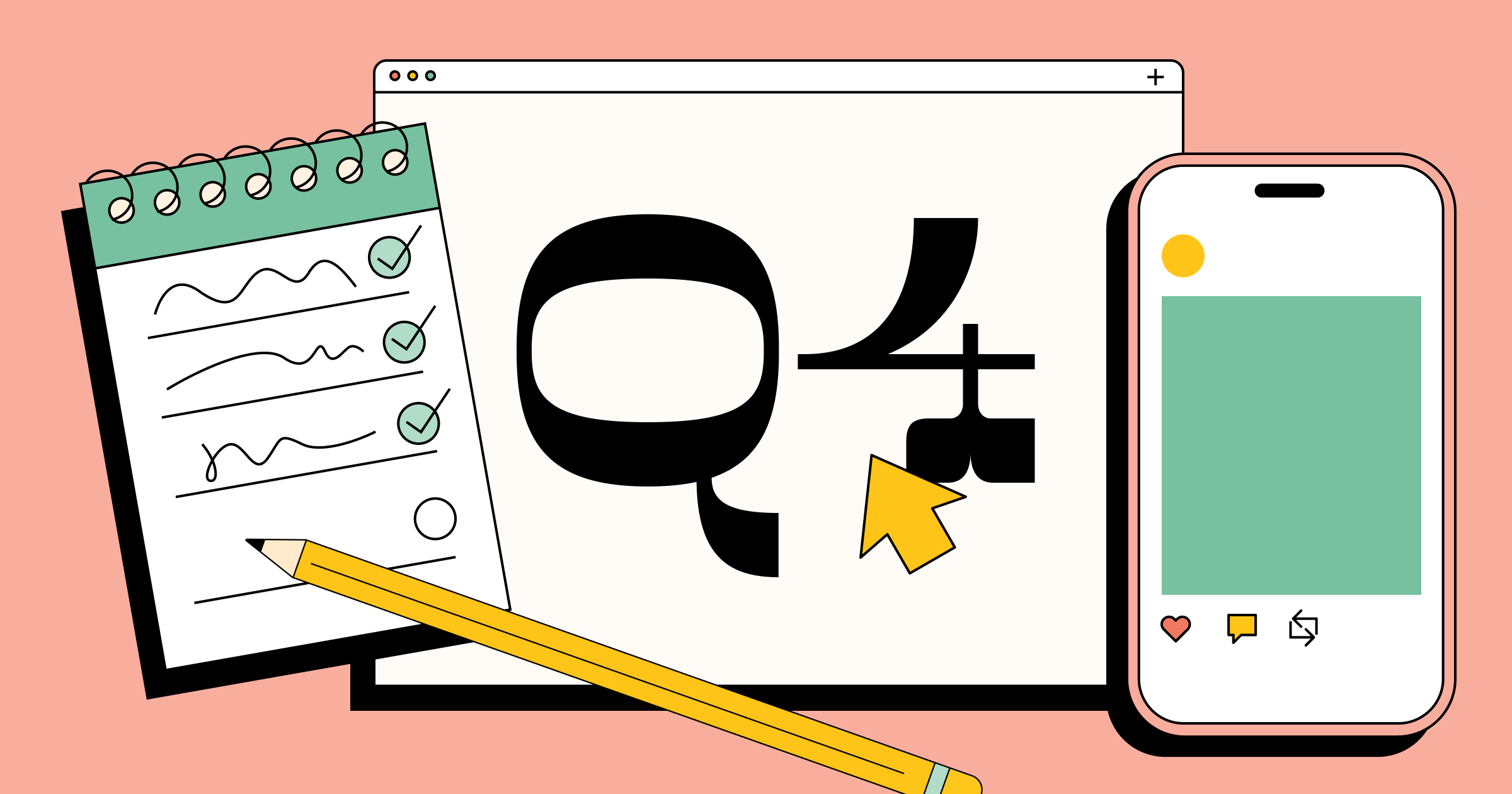Planning out your social media campaigns for the entire year can be overwhelming. However, if you ever want to be in the driver’s seat of what your post on social media and align that strategically to your brand objectives and your overall capacity, campaign planning and prioritization are musts. This four-step process can help simplify things and provide a recipe that you can use to identify the different sizes of campaigns you’d like to execute throughout the year on your social media channels.
1. Define
First, define a list of marketing activities you can do on social media for three levels of effort: micro, medium, and large campaigns. For example, your micro campaigns may be just creating a custom image. Your medium campaign may be a couple of custom images, a reel, and a story. Your large campaign may require a campaign brief, along with 2+ weeks of social media content which may include custom images, reels, stories, videos, influencer campaigns, and strategic partner coordination. As you define each campaign size, you may want to assess the overall cost and time each campaign will take.
After you’ve defined what each size of campaign will include and what it will generally cost, use your overall budget and your company’s capacity to choose how many of each size of campaign you can do for the year. For example, you may determine that you can do about three large campaigns (1 per quarter), 12 medium campaigns (1 per month), and 48 micro campaigns (~1 per week).
2. Choose
Now that you know the total numbers of types of campaigns you’d like to do for the year (or the quarter), now you can start to choose what these campaigns will focus on. Make sure to download our 2023 EdTech Marketer’s Planner to get a bird’s eye view of all the education and learning events, conferences, and birthdays. Start to work quarter-by-quarter and start with the closest upcoming quarter. Down the road, you may want to have a goal to begin your planning for the entire year in October of the previous year so you help adjust your budget and ask for additional capacity.
Identify events in each quarter that you can build those campaigns on. Think about special days that align with your brand and insert any brand-specific events. Consider key holidays and conferences that might be relevant. Our planner has month-by-month guides like the one below.
Use the work that you did in Step 1 to narrow down and choose the events that you would like to create micro, medium, and/or large campaigns around.
3. Plan
Now that you know which campaigns and events you’ll be focusing on, it’s time to plan. Figure out a production process for each level of campaign. Plan backwards and identify how much lead time you’ll need for each step in the process. Document the overall process and try to plan each campaign well in advance.
4. Make It Happen
It’s time to get busy implementing it all. Follow your plan as much as possible, and still remember to be flexible. Things won’t always go as planned, so— as much as you can— try to prepare for possible obstacles along the way. Above all, build in time to reflect on the process and plans you developed so that you can continue to learn and improve them over time.
Remember to grab our free EdTech Marketer’s 2023 Planner to guide you through planning all year long.






